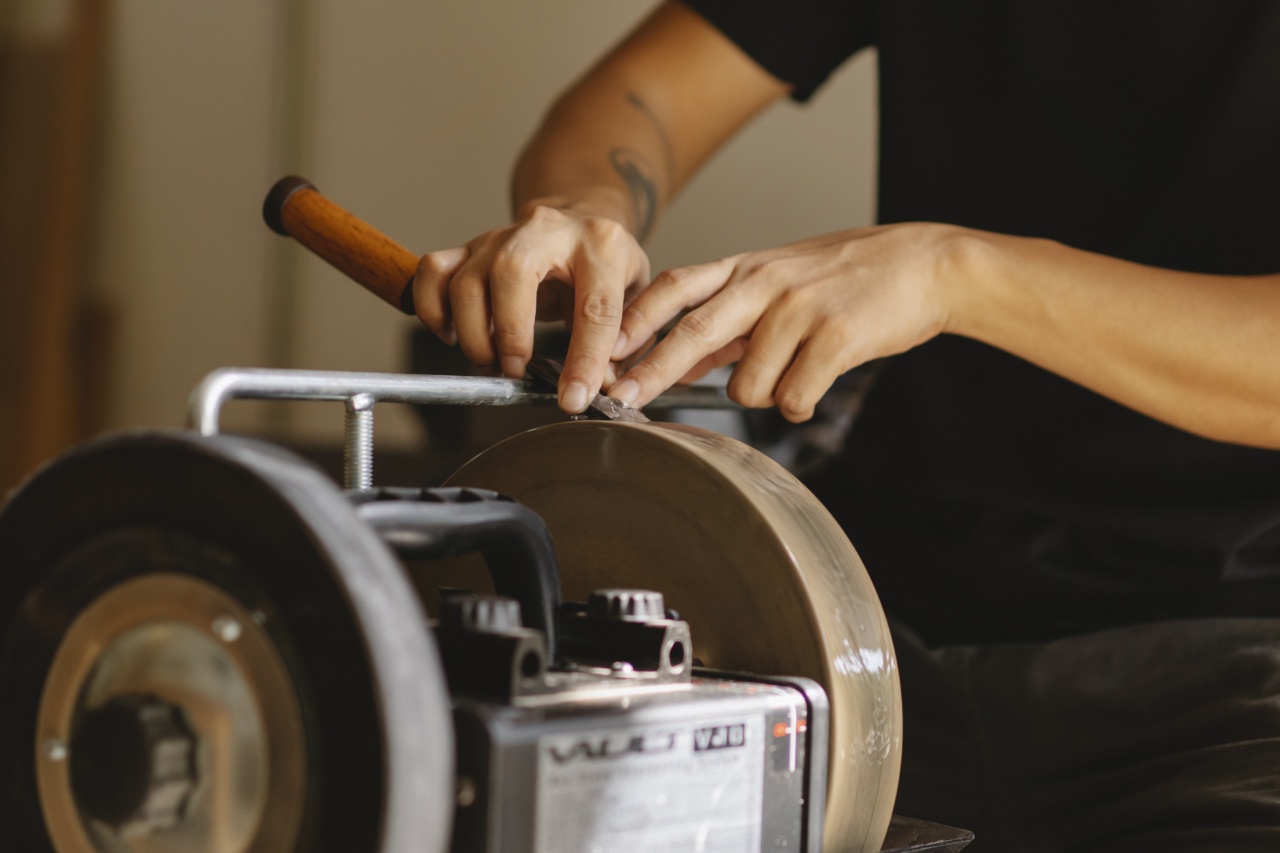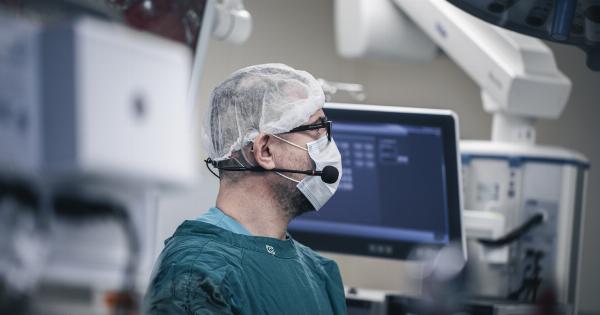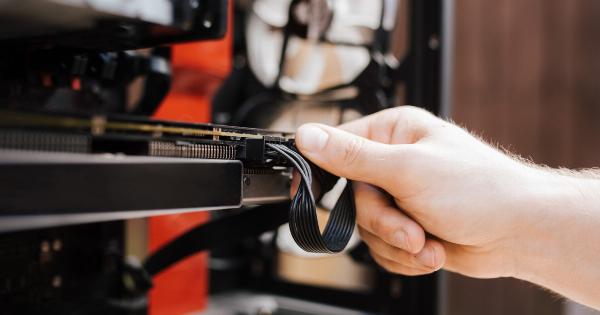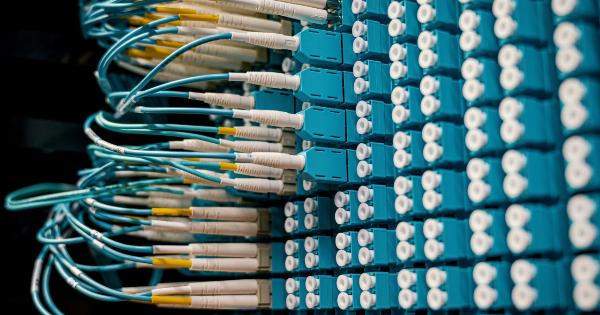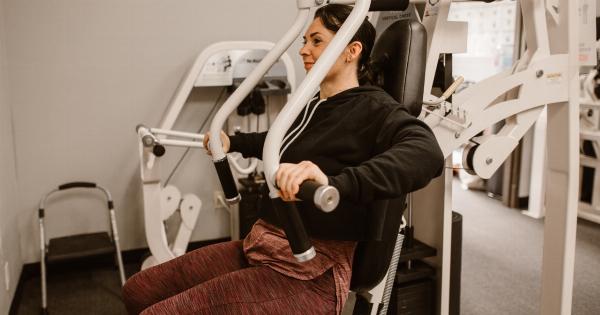When it comes to hernia repair, there are several advanced techniques that have been developed over the years. From traditional open surgery to laparoscopic surgery and robotics, surgeons now have more options than ever before to help patients.
In this article, we will discuss some of the most advanced hernia repair techniques available today.
1. Laparoscopic Hernia Repair
Laparoscopic hernia repair is a minimally invasive technique that involves making small incisions in the abdomen to insert a laparoscope and other surgical instruments.
The laparoscope contains a camera that allows the surgeon to see inside the abdomen, making it easier to locate and repair the hernia.
Benefits of laparoscopic hernia repair include smaller incisions, less scarring, reduced blood loss, and quicker recovery times.
However, not all hernias can be repaired using laparoscopic techniques, and the surgery can be more difficult and time-consuming than traditional open surgery.
2. Robotic Hernia Repair
Robotic hernia repair is similar to laparoscopic hernia repair, but it uses a robotic system to control the surgical instruments.
The surgeon sits at a console and uses hand and foot movements to control the robot, which makes precise incisions and movements inside the abdomen.
Benefits of robotic hernia repair include greater precision, less scarring, and faster recovery times. However, the technology can be expensive and not all surgeons are trained in its use.
3. Open Hernia Repair
Open hernia repair is the traditional method of hernia repair, and involves making a larger incision in the abdomen to access the hernia. The hernia is then repaired by placing a mesh patch over the opening in the abdominal wall.
While open hernia repair is still a widely used technique, it has several drawbacks compared to laparoscopic and robotic techniques. It requires a larger incision and can result in more scarring and longer recovery times.
However, it is often the best option for patients with large or complicated hernias.
4. Tension-Free Mesh Repair
Tension-free mesh repair is a technique that uses a synthetic mesh patch to repair the hernia. The patch is placed over the opening in the abdominal wall, and is secured in place with sutures or staples.
The mesh acts as a permanent barrier to prevent the hernia from recurring.
The benefits of tension-free mesh repair include reduced pain and faster recovery times compared to traditional open surgery. However, it can be more expensive and may not be suitable for all patients.
5. Biological Mesh Repair
Biological mesh repair is a newer technique that uses a mesh patch made from biological material, such as pig skin or human tissue.
This type of mesh is designed to be gradually absorbed by the body, eventually being replaced by the patient’s own tissue.
The benefits of biological mesh repair include a reduced risk of infection and inflammation compared to synthetic mesh. However, it is still a relatively new technique and may not be suitable for all patients.
6. Laparoscopic Transabdominal Preperitoneal (TAPP) Repair
Laparoscopic TAPP repair is a variation of laparoscopic hernia repair that involves accessing the hernia from within the peritoneal cavity.
The hernia is repaired from the inside out, with a mesh patch being placed over the opening in the abdominal wall.
The benefits of TAPP repair include reduced pain, fewer complications, and faster recovery times compared to traditional open surgery. However, it can be more difficult and time-consuming than other laparoscopic techniques.
7. Laparoscopic Totally Extraperitoneal (TEP) Repair
Laparoscopic TEP repair is another variation of laparoscopic hernia repair, but involves accessing the hernia from outside of the peritoneal cavity. The mesh patch is placed over the opening in the abdominal wall from outside the body.
The benefits of TEP repair include reduced pain, fewer complications, and faster recovery times compared to open surgery. However, it can be more challenging and time-consuming than other laparoscopic techniques.
8. Robot-Assisted TEP Repair
Robot-assisted TEP repair involves using a robotic system to perform the TEP repair. This technique combines the precision of robotics with the benefits of laparoscopic surgery.
The benefits of robot-assisted TEP repair include reduced pain, smaller incisions, and faster recovery times compared to open surgery. However, it is a relatively new technique and may not be suitable for all patients.
9. Complex Hernia Repair
For patients with complex hernias, such as those that have recurred or are located in challenging areas of the abdomen, more advanced techniques may be required.
These may include combining multiple hernia repair techniques or using specialized surgical equipment.
The benefits of complex hernia repair include a reduced risk of recurrence and improved quality of life for the patient. However, the surgery may be more difficult and time-consuming than other hernia repair techniques.
10. Non-Surgical Management
In some cases, hernias may be managed without surgery. This may include wearing a support garment or making lifestyle changes, such as losing weight or avoiding activities that strain the abdominal muscles.
The benefits of non-surgical management include avoiding the risks and complications of surgery, as well as a potentially faster recovery time.
However, it may not be a suitable option for all patients, particularly those with larger or more complex hernias.
